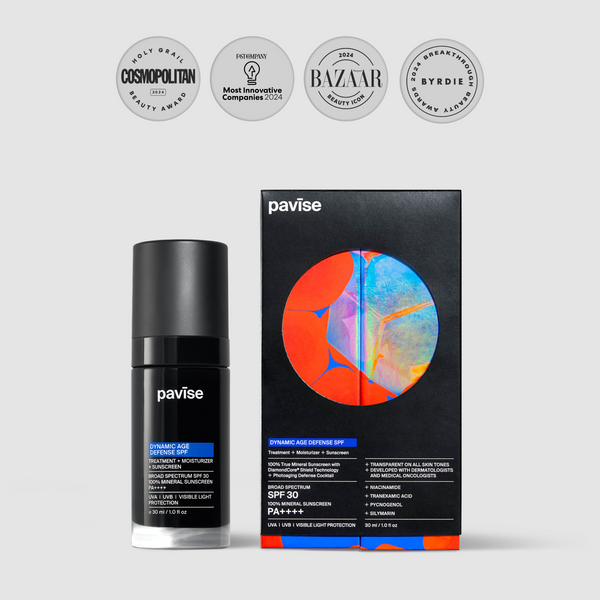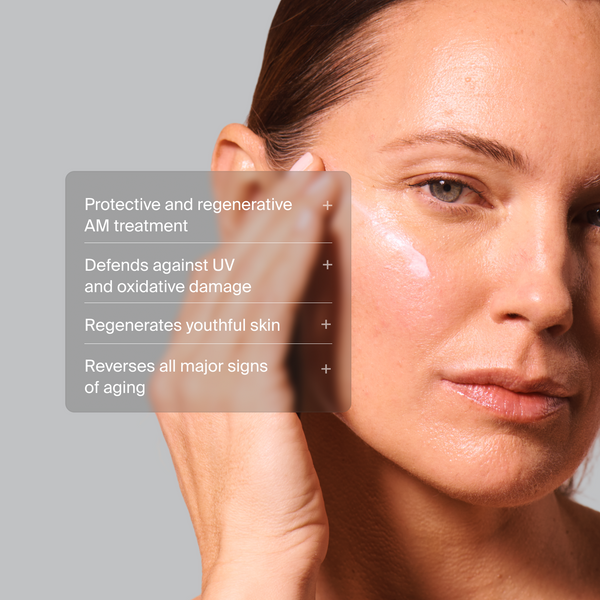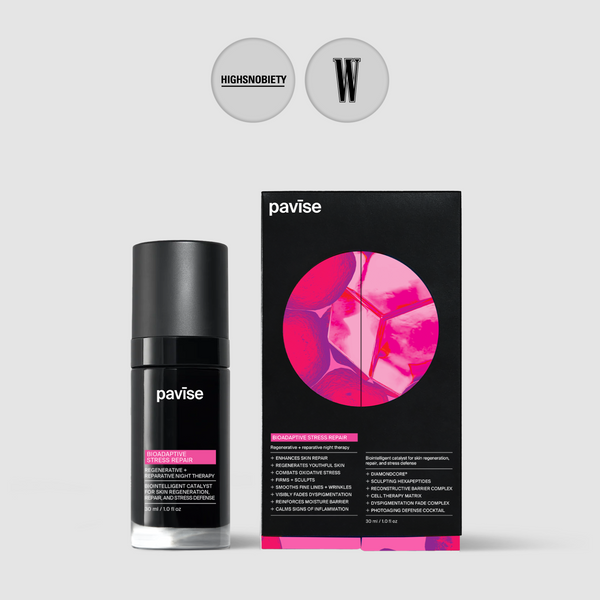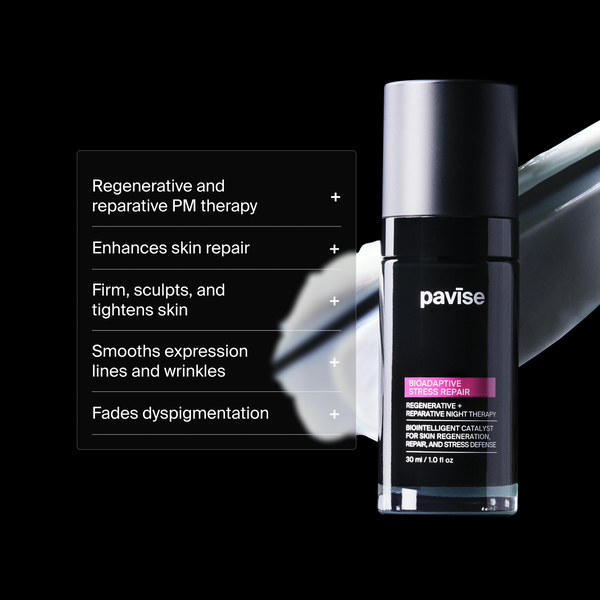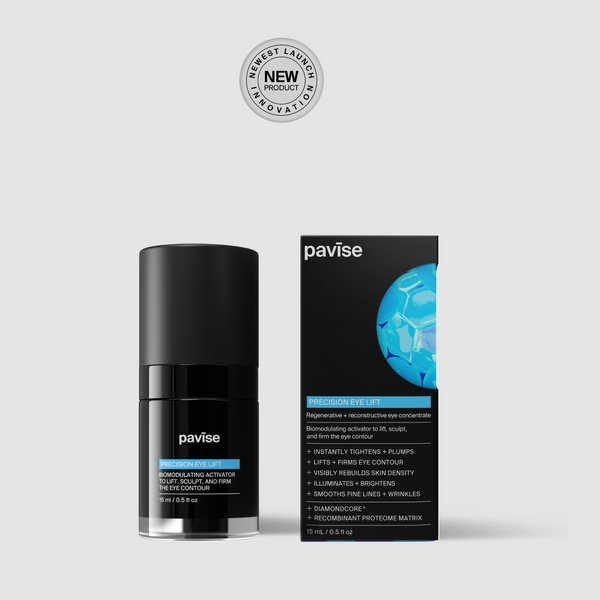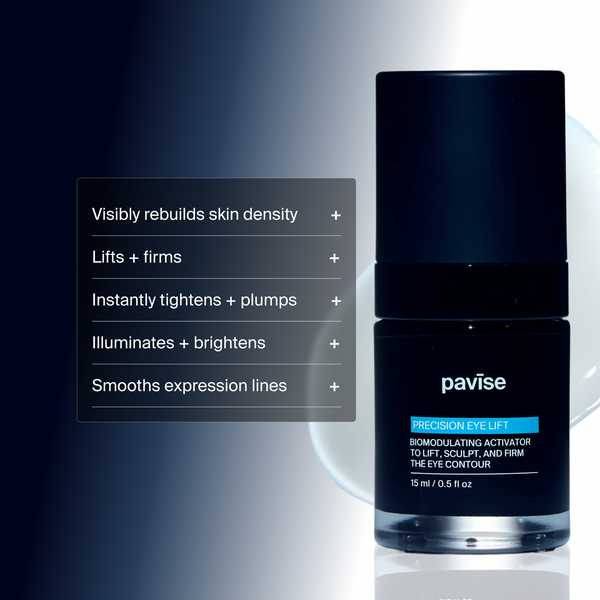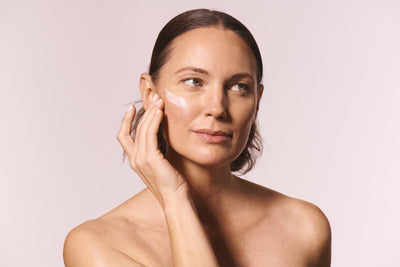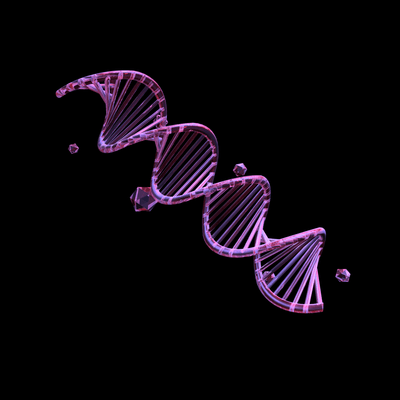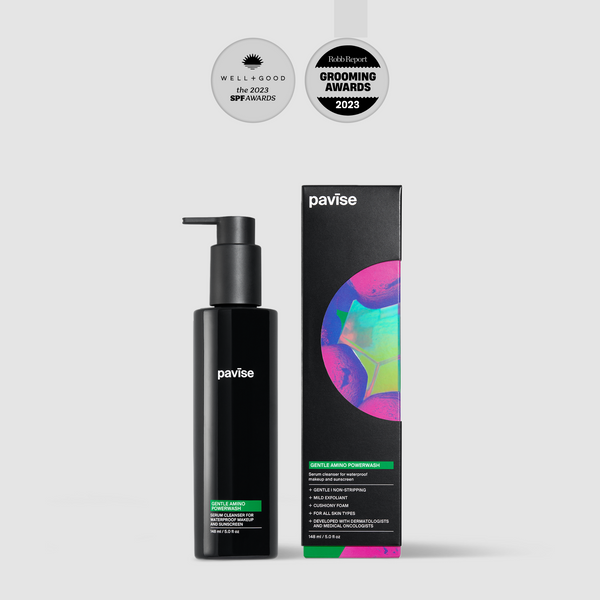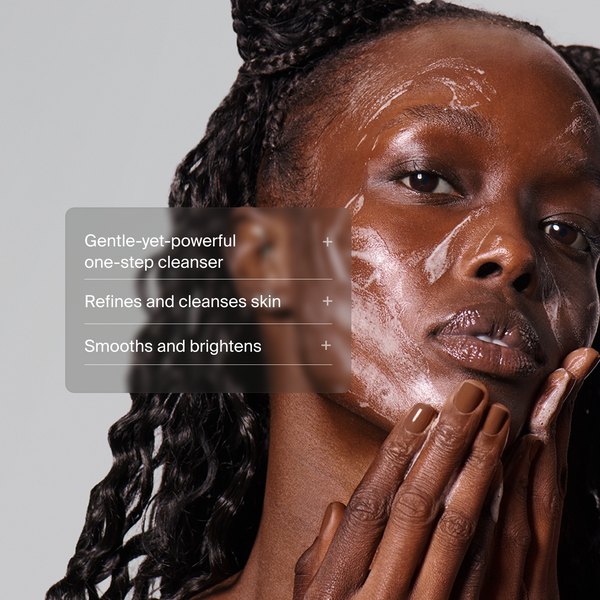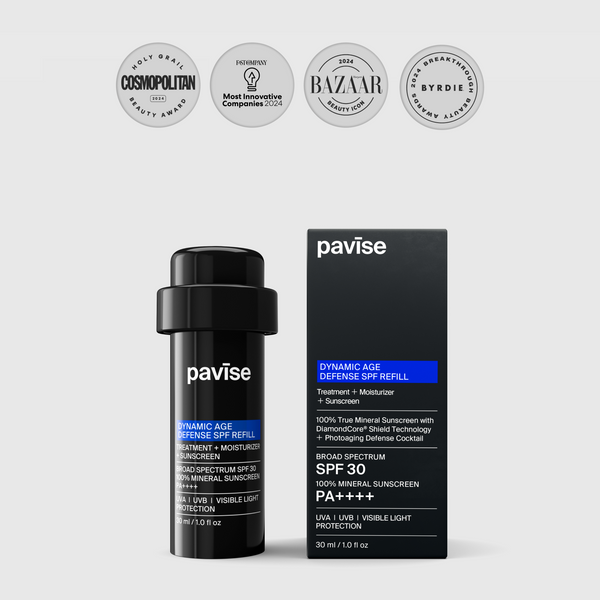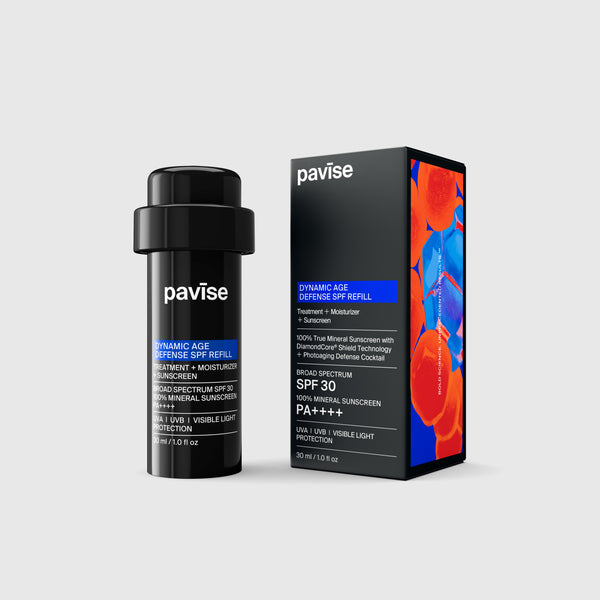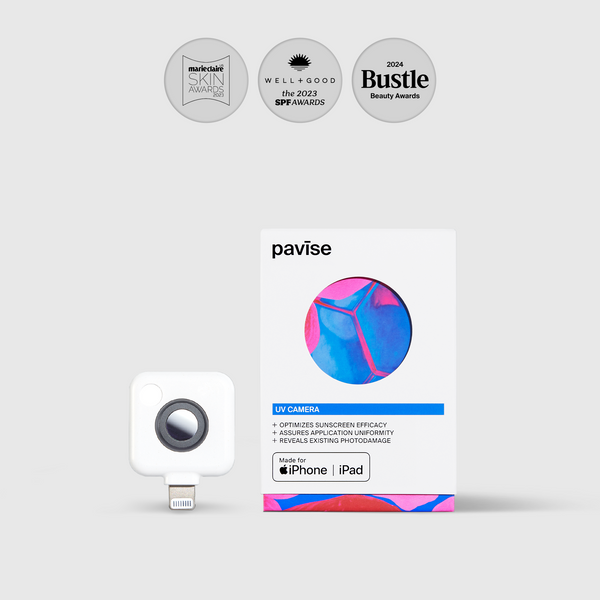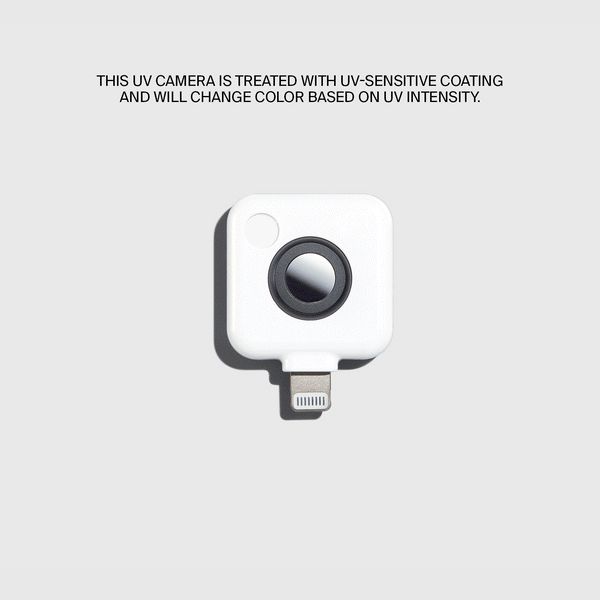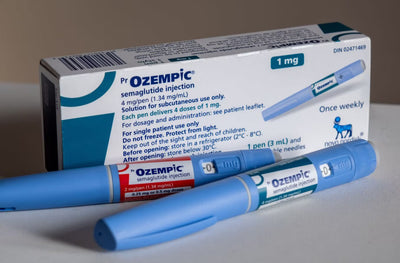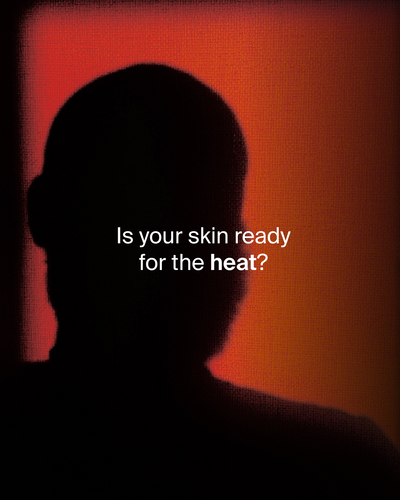EVERYDAY AIR, LONG-TERM EFFECTS: POLLUTION'S ROLE IN SKIN AGING
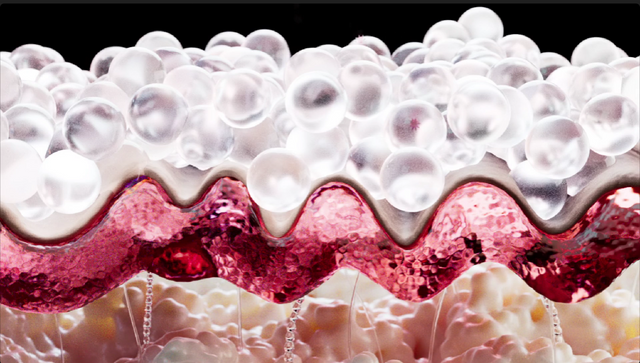
What you need to know
Constant exposure to airborne particles and gases can penetrate the skin or enter through the lungs, triggering oxidative stress, weakening the skin barrier, and accelerating biological aging through cellular and epigenetic changes.
These effects can lead to dryness, wrinkles, and loss of firmness, but targeted antioxidant protection and sustainable lifestyle choices can help neutralize damage and preserve skin health.
Air pollution is often thought of as a problem for the planet, but it is also a daily factor in how our skin ages. Every day, we are exposed to a mix of tiny particles and gases that can settle on the skin or enter the body through the air we breathe. Over time, this constant exposure can lead to oxidative stress, weaken the skin’s barrier, and even alter the way our cells function causing changes that can show up as dryness, fine lines, and loss of firmness. Understanding how pollution affects skin health is the first step toward protecting it, so you can keep your skin looking and feeling its best for years to come.
What is air pollution?
Pollution is defined as environmental contamination by chemical, biological, or physical substances that can affect human health and ecosystems1. Air pollution has been deemed the world’s largest single environmental health risk by the World Health Organization (WHO) after 2019 when data showed that 99% of the world population lived in an environment where air pollution exceeded WHO limits1. Air pollutants are any organic or inorganic substances in the air that fall under this category, and there are a lot of pollutants that do. The main components of air pollution include particulate matter (PM), polycyclic aromatic hydrocarbons (PAHs), and gaseous molecules such as ozone or carbon monoxide2. PM is one of the main components of air pollution that cause damage, and there are many different types of PM. PM contents include metals, organic compounds, and dust particles, and they are all classified by their size (PM0.1, PM2.5, PM10, etc.) in micrometers2. Air pollution specifically accelerates aging through reactive oxygen species (ROS) production and epigenetic alterations which result in different forms of cellular damage1-3.
How does pollution affect aging?
There are two ways in which air pollutants can enter the body and affect the skin. The first is the most direct path which is uptake through the skin barrier1. PM2.5 is small enough to enter either through a compromised skin barrier or through healthy hair follicles or sweat glands, allowing it to penetrate into deeper skin layers3. The other way that air pollution can affect the skin is indirectly by entering the lungs and being absorbed through the blood stream1. Either way, PM is entering the body and can cause damage.
The most prominent type of damage caused by PM is ROS formation1-3. There are many different mechanisms that lead to ROS formation because of all of the different types of substances within PM. For example, transition metals can generate reactive hydroxyls through Fenton reactions, or reactive molecules like PAHs can react to form free radicals2. No matter what the mechanism is, PM penetrates into deep layers of the skin to form these free radicals that go on to cause a lot of oxidative damage.
Prolonged oxidative stress can lead to cellular damage, collagen degradation, and impaired wound healing3. Cell damage is caused by direct damage to proteins and DNA due to ROS production2. Damaged DNA prevents cells from functioning properly, which can eventually lead to cellular senescence which is when cells stop replicating and change their behavior. Senescent cells are one of the most prominent biomarkers of aging. Collagen degradation is caused by the increase in matrix metalloproteinases (MMPs), the enzymes responsible for extracellular matrix (ECM) degradation1,3. Uptake of MMPs leads to a decrease in ECM proteins such as collagen or elastin. When there is a lack of ECM proteins, the skin becomes wrinkled and loses its elasticity. Finally, chronic oxidative stress can weaken cell repair mechanisms. This is characterized by the inability of skin cells to proliferate, preventing rapid wound healing3.

Figure provided by Haykal et al
In addition to oxidative stress, air pollutants can interfere with skin barrier integrity2. PM can cause damage that results in the downregulation of proteins responsible for skin structure maintenance2. This leads to skin barrier disruption which can increase skin permeability. When skin permeability is increased, there is an uptake in transepidermal water loss (TEWL) which dehydrates the skin1,2. Lack of hydration manifests as dry, flaky skin.
Finally, there are the extreme long-term consequences of air pollution. Chronic pollutant exposure can cause epigenetic alterations that accelerate aging1,3. Epigenetic age is the biomarker that determines not chronological age, but biological age of an organism. This biomarker is regulated by DNA methylation and histone acetylation patterns. Under long-term pollutant exposure, these patterns are altered, which leads to an acceleration in epigenetic aging2. DNA methylation is responsible for inhibiting gene expression, so when there is too much methylation, the antioxidant defense systems that are supposed to combat ROS are not functioning2. An increase in histone acetylation activates inflammatory pathways that cause skin irritation and barrier dysfunction2. All of this leads to accelerated aging in the body.
How can we treat aging caused by pollution?
The number one way to combat this type of aging is by reducing the number of pollutants on our planet. We want to be able to go about our lives breathing clean air and exposing our bodies to a healthy environment. This can be achieved by putting in the effort to live a more sustainable life, and we can all do this. One method is to reduce the amount of energy being used throughout the day. Shutting off lights when not in use or taking the time to bike or walk instead of driving a car that emits damaging exhaust. All of these things take up energy, and when energy is used there are more greenhouse gas emissions that pollute our atmosphere and contribute to global warming (read more about how global warming can contribute to aging here).
While combatting climate change and pollution, we can also put in the time to care for ourselves and prevent aging. With the most prominent form of damaging due to pollution being oxidative damage from ROS formation, the best way to combat aging is to use an antioxidant or free radical scavenger that eliminates ROS. Our preferred technology for this is DiamondCore®. The DiamondCore® molecule (ND-ZnO) is structured by surrounding a nondiamond core with zinc oxide molecules to form uniform crystals4. The uniformity of the crystals improves the mechanical properties of zinc oxide, allowing for a significant reduction in the number of free radicals that cause oxidative damage5. By scavenging ROS, DiamondCore® effectively prevents and reduces aging symptoms. Additionally, the structure also acts as a physical barrier against pollutants on the skin. ND-ZnO is an insoluble molecule, meaning that it will not absorb into the skin. Instead, each molecule will fit closely together and sit perfectly on top of the skin, acting as protection against external stressors.
Air pollution works silently, aging your skin and body with every breath, but you don’t have to let it. By combining smart lifestyle choices with targeted skincare powered by antioxidants like DiamondCore®, you can neutralize harmful free radicals, protect your skin’s barrier, and keep it healthy, hydrated, and resilient. Small daily steps add up, helping you not only look younger for longer but also contribute to a cleaner, healthier planet.
References
1. Martic I, Jansen-Dürr P, Cavinato M. Effects of Air Pollution on Cellular Senescence and Skin Aging. Cells. 2022;11(14):2220. doi:https://doi.org/10.3390/cells11142220
2. Han HS, Seok J, Park KY. Air Pollution and Skin Diseases. Annals of Dermatology. 2025;37(2):53. doi:https://doi.org/10.5021/ad.24.159
3. Haykal D, Lim HW, Piergiacomo Calzavara-Pinton, Fluhr J, Cartier H, Enzo Berardesca. The Impact of Pollution and Climate Change on Skin Health: Mechanisms, Protective Strategies, and Future Directions. JAAD reviews. Published online May 1, 2025. doi:https://doi.org/10.1016/j.jdrv.2025.05.001
4. Bai X, Yan J, Gilchrest BA. Next Generation Zinc Oxide-Based Sunscreens: Molecular Characteristics and Advantages. Journal of Investigative Dermatology. Published online August 24, 2023. doi:https://doi.org/10.1016/j.jid.2023.07.020
5. Zhang XD, Teng C, Bai X, et al. Enhanced skin regeneration and therapeutic delivery using novel diamond‐augmented zinc oxide. Journal of Cosmetic Dermatology. Published online July 31, 2024. doi:https://doi.org/10.1111/jocd.16508
By Elia Rodriguez - Updated September 24, 2025
